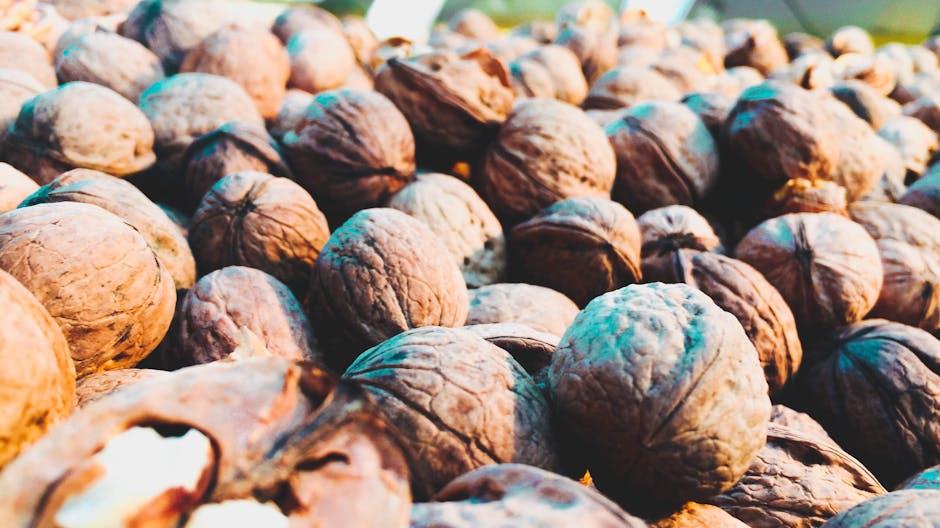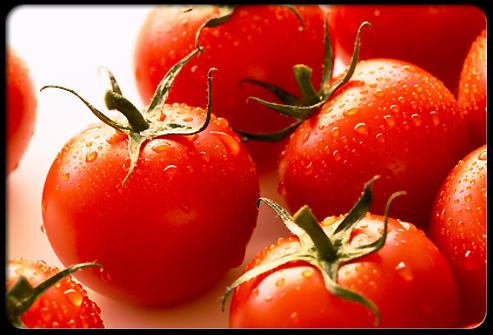In the rhythm of life, our hearts are the steadfast drummers, setting the pace for our every move and emotion. Yet, in the hustle and bustle of daily living, we often overlook the simple yet profound ways we can nourish and protect this vital organ. Enter the world of heart-healthy foods—a vibrant palette of flavors and nutrients that not only tantalize the taste buds but also fortify the heart. This article embarks on a journey through the best foods that nature offers, each with unique properties to support cardiovascular well-being. From the lush greens of spinach to the deep hues of berries, discover how these culinary delights can harmonize with your lifestyle, promoting a heart that’s as strong as it is resilient.
Nutrient-Rich Ingredients for a Heart-Healthy Diet
Embracing a diet rich in nutrient-dense foods can significantly enhance cardiovascular wellness. Leafy greens, such as spinach and kale, are packed with vitamins, minerals, and antioxidants that support arterial function and lower blood pressure. Berries, especially blueberries and strawberries, are another powerhouse, offering high levels of flavonoids that help reduce inflammation and oxidative stress.
- Whole grains: Foods like oats, quinoa, and brown rice are excellent sources of fiber, which helps manage cholesterol levels.
- Nuts and seeds: Almonds, walnuts, and flaxseeds provide healthy fats and omega-3 fatty acids, which are beneficial for heart health.
- Fatty fish: Salmon, mackerel, and sardines are rich in omega-3s, known for their role in reducing triglycerides and blood pressure.
- Legumes: Beans, lentils, and chickpeas are not only high in fiber but also contribute to improved cholesterol profiles and lower heart disease risk.
Incorporating these foods into your daily meals can create a delicious and heart-friendly diet, ensuring both satisfaction and vitality.
The Role of Omega-3 Fatty Acids in Cardiovascular Wellness
Omega-3 fatty acids are celebrated for their remarkable contributions to heart health, playing a crucial role in maintaining cardiovascular wellness. These essential fats help reduce inflammation, lower blood pressure, and decrease triglyceride levels, all of which are vital for a healthy heart. Consuming foods rich in omega-3s can significantly enhance your heart’s performance and overall health.
- Fatty Fish: Salmon, mackerel, and sardines are rich sources of omega-3s, offering a delicious way to boost heart health. Try incorporating these fish into your meals at least twice a week.
- Flaxseeds: Ground flaxseeds can be easily added to smoothies, oatmeal, or yogurt, providing a plant-based source of these essential fats.
- Chia Seeds: These tiny seeds pack a powerful punch, offering a convenient omega-3 boost when sprinkled over salads or blended into beverages.
- Walnuts: A handful of walnuts makes for a heart-healthy snack, rich in omega-3s and perfect for adding a crunchy texture to dishes.
Incorporating these foods into your diet can support cardiovascular wellness, promoting a robust and resilient heart. By embracing a diet rich in omega-3 fatty acids, you’re taking a proactive step toward nurturing your heart and enhancing your overall well-being.

Incorporating Antioxidant-Rich Foods for Optimal Heart Function
Adding antioxidant-rich foods to your diet is a powerful strategy for enhancing heart health. Antioxidants are compounds that help combat oxidative stress, which can damage cells and contribute to heart disease. Incorporating a variety of these foods can support optimal heart function by reducing inflammation and improving blood circulation.
- Berries: Blueberries, strawberries, and raspberries are packed with flavonoids, which have been linked to a reduced risk of heart disease.
- Dark Chocolate: Choose varieties with at least 70% cocoa for a dose of polyphenols that help lower blood pressure and improve blood flow.
- Nuts: Almonds and walnuts provide healthy fats and vitamin E, both of which are essential for maintaining heart health.
- Leafy Greens: Spinach and kale are rich in carotenoids, which act as antioxidants and are known to protect the heart.
- Green Tea: This beverage is loaded with catechins and flavonoids that enhance heart function and reduce cholesterol levels.
By consciously incorporating these foods into your daily meals, you not only enjoy a variety of flavors and textures but also take a proactive step towards maintaining a healthy heart. Experiment with creative recipes that combine these ingredients, such as a berry-nut smoothie or a kale salad topped with dark chocolate shavings.

Balancing Fiber and Whole Grains for Long-Term Heart Health
Incorporating a balance of fiber and whole grains into your diet is essential for maintaining long-term heart health. Fiber, found in a variety of plant-based foods, plays a crucial role in reducing cholesterol levels, regulating blood sugar, and promoting digestive health. On the other hand, whole grains provide an abundance of nutrients, including B vitamins, iron, and magnesium, which are vital for cardiovascular function. Together, they create a powerful synergy that supports a healthy heart.
- Oats: Start your day with a bowl of oatmeal, rich in beta-glucan, a type of soluble fiber that helps lower cholesterol.
- Quinoa: This ancient grain is not only high in fiber but also a complete protein, making it a versatile addition to salads and bowls.
- Barley: Add barley to soups and stews for a nutty flavor and a good dose of fiber.
- Brown Rice: Swap out white rice for brown rice to increase your intake of fiber and essential nutrients.
- Whole Wheat Bread: Opt for whole wheat over white bread to boost your fiber intake with every sandwich.
By choosing foods rich in fiber and whole grains, you not only enhance your heart’s health but also enjoy a diverse and satisfying diet. Remember, the key lies in variety and moderation, ensuring that your meals are both heart-friendly and delicious.
Closing Remarks
In the grand symphony of life, our hearts play the most crucial melody, a rhythm that deserves the finest nourishment. As we’ve journeyed through the vibrant world of heart-healthy foods, from the lush greens of spinach to the robust richness of salmon, it’s clear that our plates hold the power to protect and energize this vital organ. Embracing these foods is not just a dietary choice but a commitment to a healthier, more vibrant life.
So, as you stand at the crossroads of culinary decisions, let this guide be your compass, steering you towards flavors that both delight the palate and fortify the heart. Remember, each meal is an opportunity to celebrate life, and with each bite, you can craft a future where your heart beats strong and true. Here’s to a heart-healthy journey, where the choices you make today echo in the harmony of tomorrow.


































